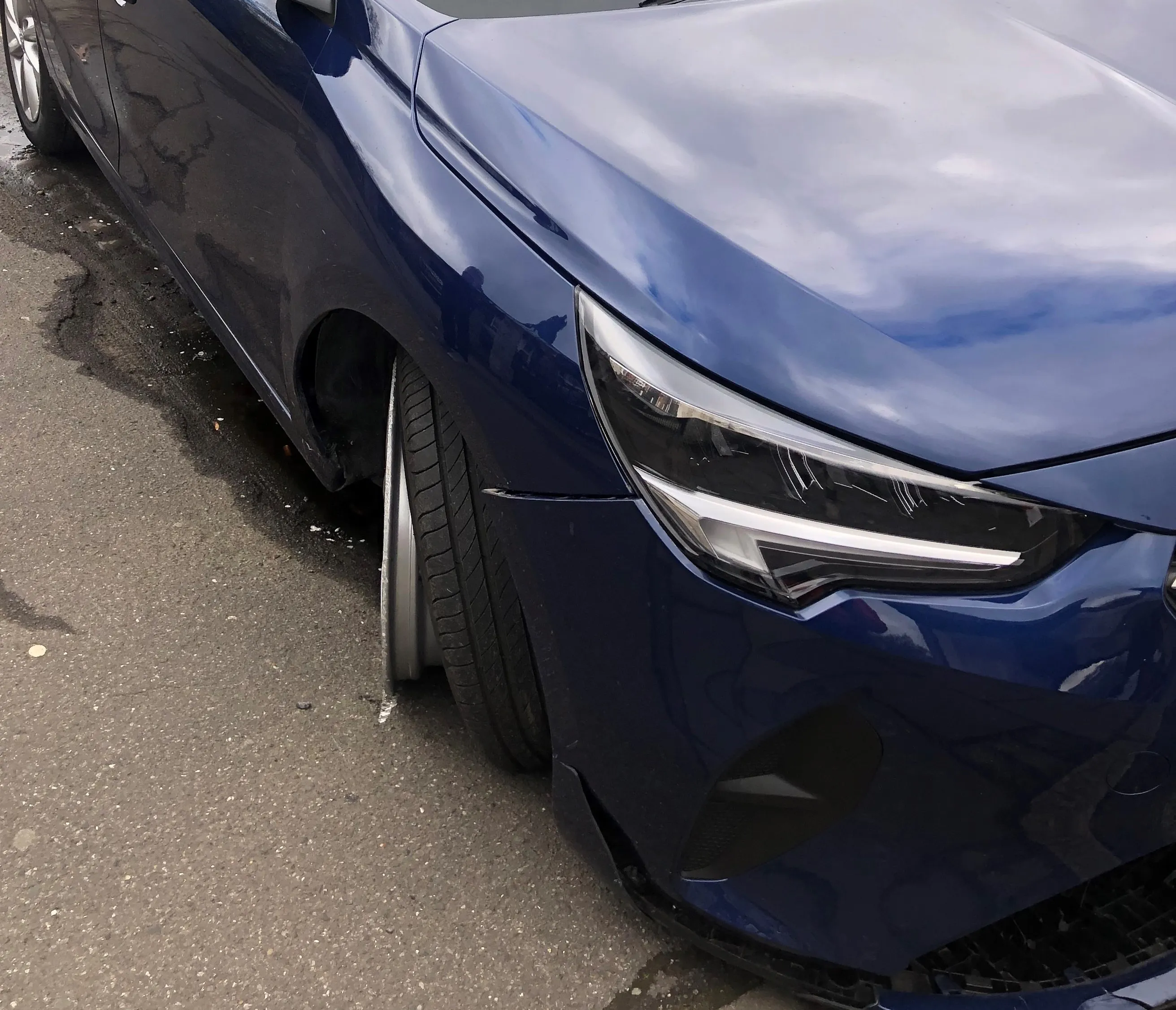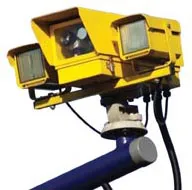Creating safer highways using low-cost, multi-disciplinary approaches to improve road safety has won 3rd Prize for the NSW centre for Road Safety in the 2007 IRF Road Safety Awards The Pacific Highway, a busy 700km interstate freight corridor from Sydney to the Queensland state border, and the Princes highway, a 430km stretch from Sydney to the Victoria state border, are important highway links in New South Wales (NSW), Australia, and both suffered high accident and fatality records. The Roads and Traffic A
August 2, 2012
Read time: 3 mins

Creating safer highways using low-cost, multi-disciplinary approaches to improve road safety has won 3rd Prize for the NSW centre for Road Safety in the 2007 IRF Road Safety Awards
The Pacific Highway, a busy 700km interstate freight corridor from Sydney to the Queensland state border, and the Princes highway, a 430km stretch from Sydney to the Victoria state border, are important highway links in New South Wales (NSW), Australia, and both suffered high accident and fatality records.The Roads and Traffic Authority of NSW, and specifically its Centre for Road Safety, decided to apply a multi disciplinary approach to conduct safety reviews of each highway. The review process, based on the Safe systems approach, encompassed an analysis of reports on fatal crashes and crash trends, physical inspection of the highways and a review of speed limits. The outcomes of the reviews were used to set up a two year AUD 35 million integrated programme for the Pacific Highway and a AUD 30 million three year programme for the Princes highway.
The programmes consisted of engineering, behavioural and enforcement components. The engineering programme included among others the improved delineation including the installation of wire rope safety barriers in the median of the highways, sealed shoulder widening and removal of roadside hazards and the improvement of intersections. Within the framework of the behavioural programme an education programme was set up, various technologies were used to provide feedback to drivers on their speed and speed zoning and signposting were revised. Finally, the enforcement programme aimed at increasing the profile of police speed enforcement and included joint operations between the police and the road authority targeting heavy vehicle compliance.
By 2006 the Pacific Highway safety review had been fully implemented and the Princes Highway was nearing completion The benefits were calculated by comparing crash costs in the year prior to the review and those in the year after the review was completed. For the Pacific Highway they were calculated for 2003 and 2006 as well as for the two years (2001 and 2002) prior to 2003. For the Princes Highway they were calculated for 2004 and 2006 as well as for the two years (2002 and 2003) prior to 2004. This was to minimise the impact of a one-off crash history for the one year before the review.
The roll out of the programmes resulted in dramatic road safety improvements: on the Pacific Highway fatalities decreasing from 55 in 2003, the year the review began, to 25 in 2006 while injuries dropped from 617 to 483 over the same period. On the Princes Highway fatalities dropped from 24 in 2004, the year the review began, to 4 in 2006. Injuries decreased from 324 to 294 over the same period.
The benefits are expected to last for around five to fifteen years following completion although some sections of the Pacific Highway are expected to be replaced due to general upgrading over this time.
| Benefit Cost Ratio | 10 years | 15 years |
|---|---|---|
| Pacific Highway | 9.1 | 11.8 |
| Princes Highway | 8.1 | 10.5 |
The multi-disciplinary approach used was able to identify safety opportunities missed by conventional areas. The methodology has now become the blueprint for subsequent route reviews. For example, the Newell Highway, which is 1,160km long and runs north/south from Victoria to the Queensland border, is currently under similar review.
It is for this comprehensive, thorough-going approach, delivering demonstrable impressive benefits that the NSW Centre for Road Safety is awarded the 3rd prize in the 2007 IRF Road Safety Awards.







